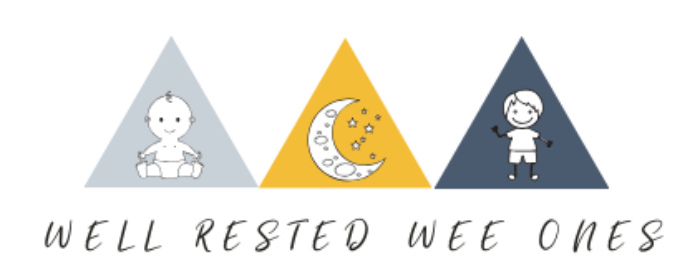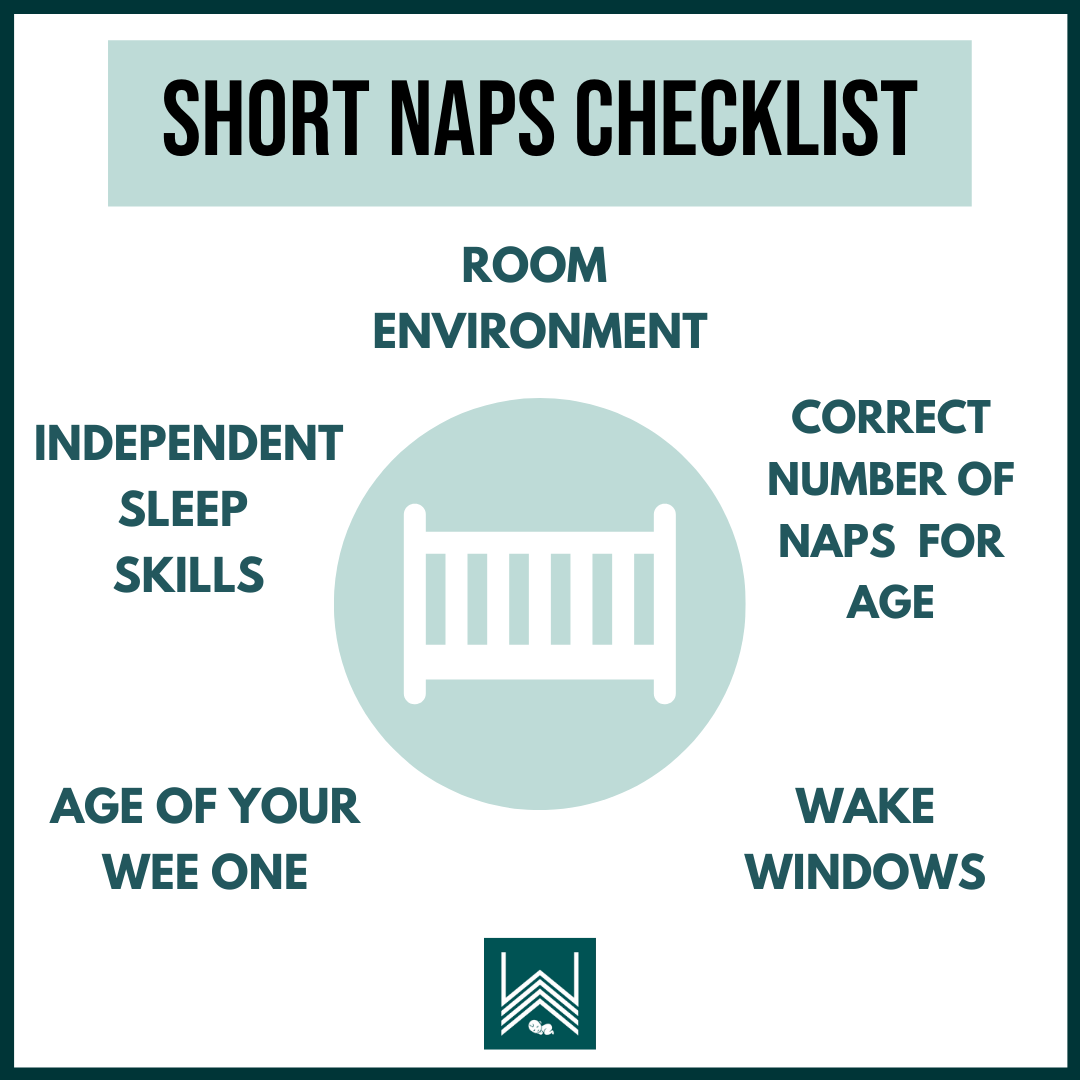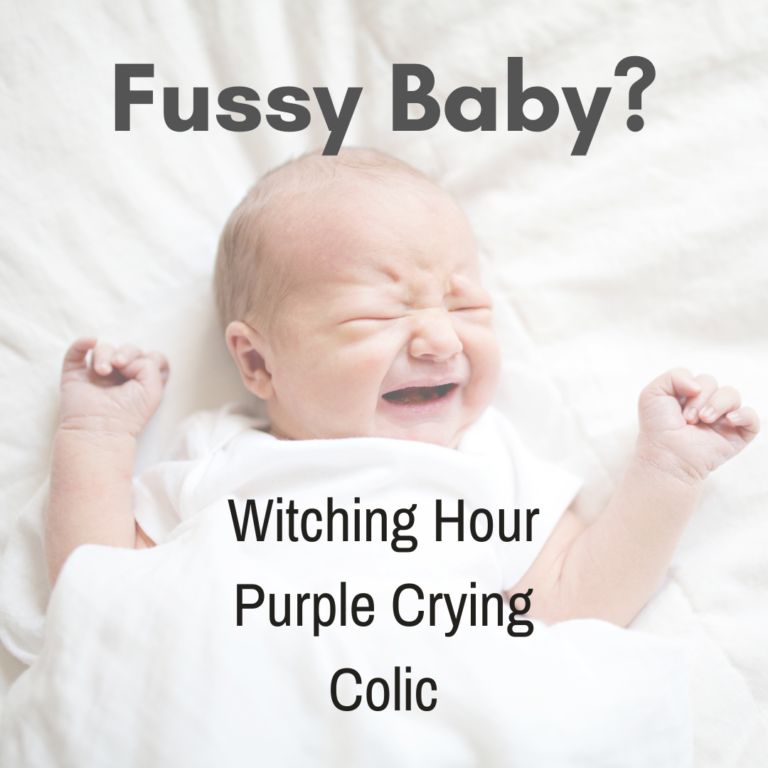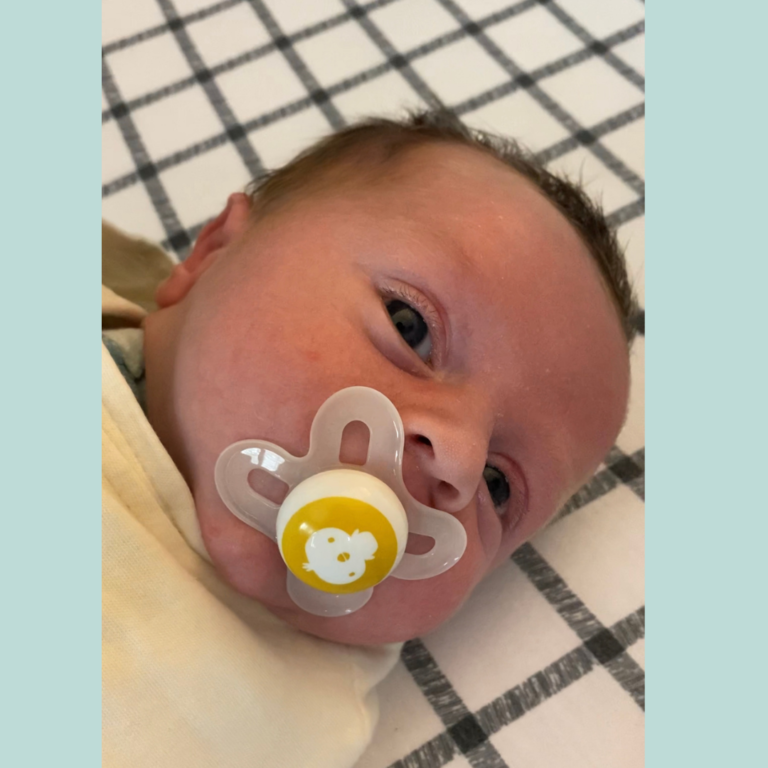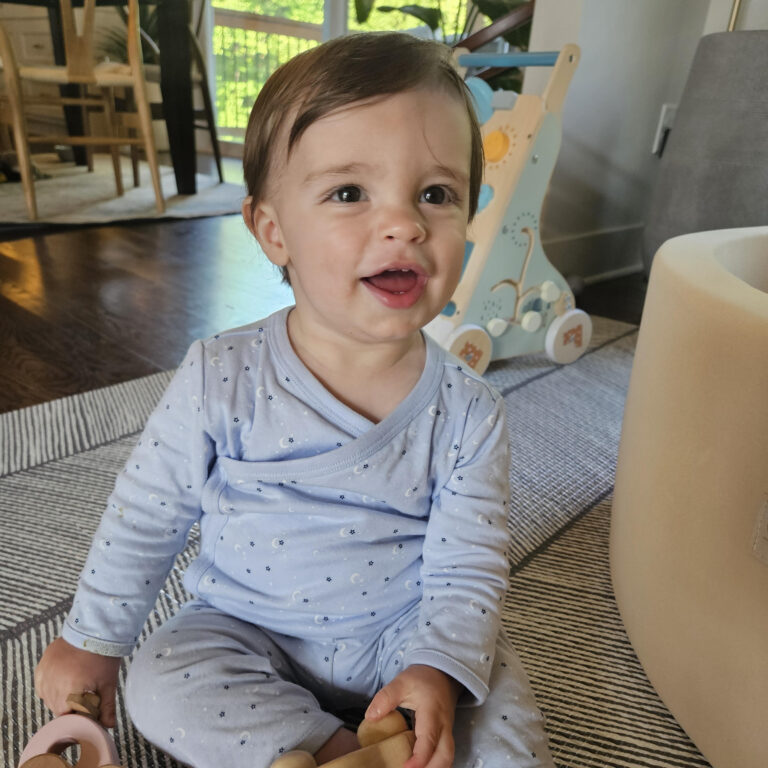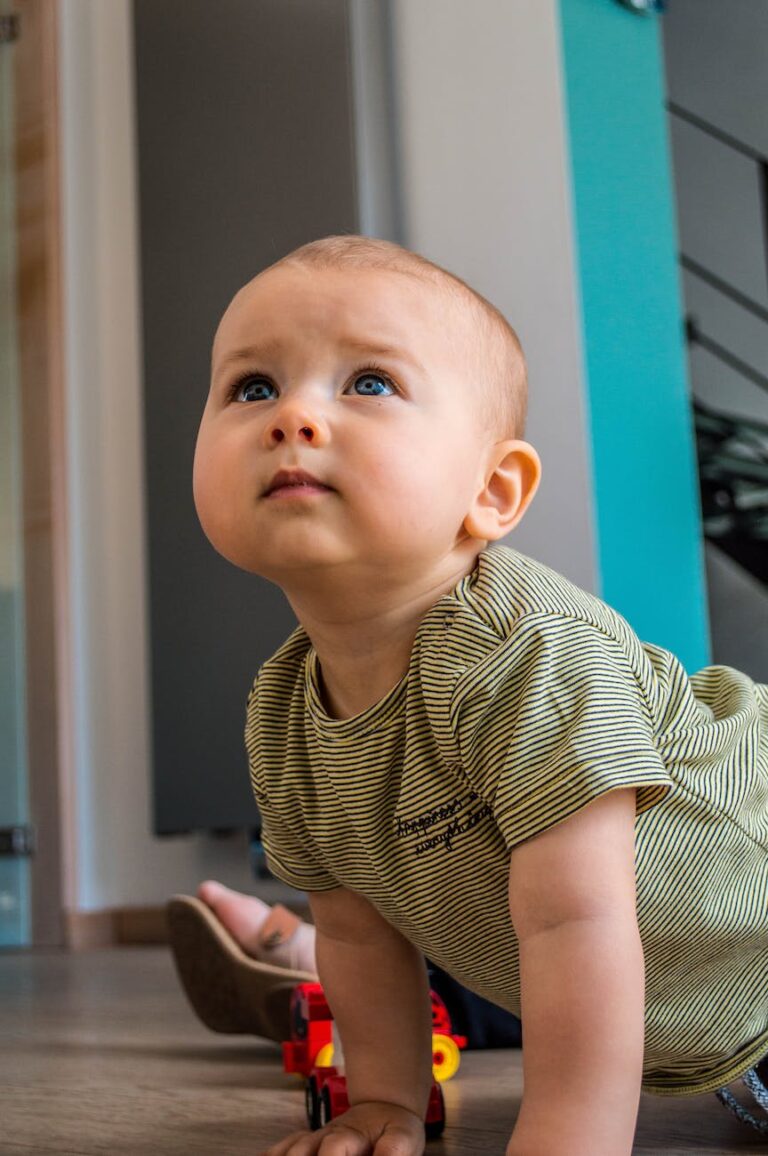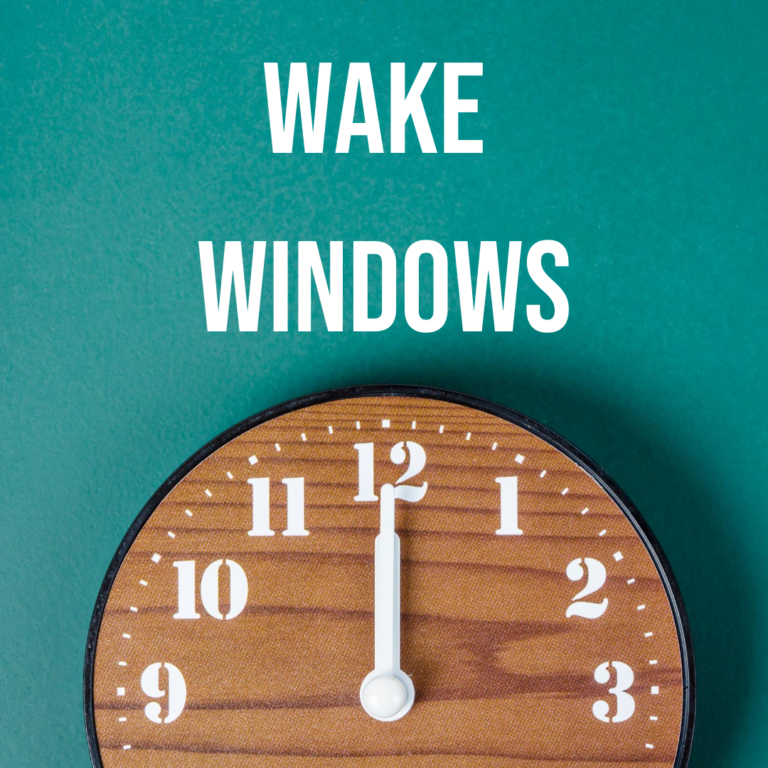Short Naps Checklist
SHORT NAPS! How do I help my baby get past the “32-minute mark?”
This is by far one of the most common questions I receive from the families I work with for sleep coaching in addition to numerous questions on social media every day!
Because short naps are such a common topic of discussion I thought it would be helpful to create a reference and checklist to help you navigate the world of short naps in hopes that you will find the culprit and lead you toward a day of longer naps in the future!
Be sure to grab my FREE Short Naps Guide with more tips and troubleshooting!
Overnight sleep will improve before naps
Your baby’s overnight sleep will consolidate and improve BEFORE naps!
Many babies are in a chronic state of sleep debt from multiple wake ups overnight and short naps. This makes it much harder for your baby to fall asleep and stay asleep whether it’s at bedtime or naptime.
If your baby is a chronic short napper, I always recommend looking at overnight sleep first.
If you’re facing bedtime struggles or multiple wake ups overnight then I recommend you start working on both independent sleep at bedtime and sleeping through the night with zero or one overnight feed before working on naps.
Naps also lengthen one at a time. This takes A LOT of practice and patience. Use the list below to help you troubleshoot short naps if overnight sleep is in a good spot.
We provide 1:1 coaching plans to support you through this process or follow my self paced online course. The Well Rested sleep course includes everything to guide you through independent sleep at bedtime, navigating overnight wake ups, weaning overnight feeds, and improving naps from 4-24 months.
Is the napping environment ideal?
DARK!
After 2-3 months of age, your baby’s napping environment should be DARK! Hard to see DARK! The circadian rhythm develops around this age as well as melatonin production (the sleepy hormone) which is why this is a good age to start napping in a dark room! If your baby hasn’t taken a nap in their crib yet, now is the time to start!
When our eyes see light it signals our brain to wake up so make sure you invest in some quality Black Out Shades to keep the light from peaking in! My favorite is from Sleepout. Use code: wellrested to take 10% off
ROOM TEMPERATURE
The room temperature should be around 68-72 degrees Fahrenheit. Your baby should be dressed in one more layer than you would be comfortable sitting in the same room environment. Our body temperature naturally dips while we sleep overnight. This helps us sleep! This doesn’t happen during the day. If you’re struggling with short naps try adjusting the thermostat a bit cooler!
Sound machine
Playing continuous white, brown, or pink noise during sleep is a positive sleep association that can help your baby fall asleep and connect sleep cycles. White, pink, or brown noise is also beneficial as it can help block out noise from outside or in the home.
Wake Windows–>Short Wake Window = Short Nap
Finding the right wake windows for your baby takes time and patience and can help with SHORT NAPS! If your baby has not built enough sleep pressure between naps and has not had enough awake time your baby is more likely to take a short nap (less than 45 minutes).
This is a common reason I see four to six-month-olds still taking 30-minute naps because they have not transitioned to 3 naps a day yet!
Your baby can tolerate more awake time throughout the course of the day, so try adjusting an afternoon wake window by 10-15 minutes for 3 days to see if it helps with your baby’s short naps. You’ll know when you’ve found the sweet spot when your baby falls asleep quickly!
On the opposite end of the spectrum, if your baby is not taking enough naps they are likely overtired which is another common reason for short naps due to an increase in cortisol and adrenaline making it harder to fall and stay asleep.
My nap course included in the Well Rested sleep course bundle is an amazing resource for you and includes more detailed guidance on lengthening naps, steps to drop a nap, wake windows, and age-appropriate schedules from 4-24 months.
Age of Your Baby
Short naps are developmentally normal between 3-5 months! Naps just begin to lengthen around 5 months as your baby transitions to 3 naps. Some newborns are able to take longer naps, but it is completely normal if your baby still only takes 30-40 minute naps up until 4-5 months! Naps will get longer in the future!
Independent Sleep
Independent sleep is the most important piece of the puzzle to conquer short naps once your baby is over 3-4 months of age.
Can you put your baby down awake in the crib without having to nurse, rock, or replace the pacifier multiple times? If not, your baby is more likely to wake up after one sleep cycle looking for the same intervention to fall back asleep.
You can start healthy sleep habits, routines, and independent sleep with your newborn without doing any formal sleep training! My newborn to 4 month sleep and feeding courses are jam packed full of tips to practice this!
Once your baby is over 3-4 months, you may notice some BIG changes with sleep! Nighttime sleep comes together before daytime sleep, so I recommend a stepwise approach when working toward independent sleep.
Many parents are eager to get longer naps, but if your baby’s overnight sleep is not consistent, then I always recommend starting there!
Once your baby is able to sleep independently overnight, you can start working on naps. Naps take much longer to see progress in comparison to nights, anywhere from 2-4 weeks!
As you work on connecting sleep cycles while nap training, I recommend giving your baby the opportunity to fall back asleep by leaving them in the crib for “crib hour” instead of immediately ending the nap upon waking at that “32-minute mark.” This gives them the opportunity to fall back asleep on their own. It’s not easy and something your baby will initially protest, but over time will give them space and opportunity to fall back asleep which will eventually lead to connecting the sleep cycles without interruption.
Sleep Resources to help
If you’re facing nap challenges, I recommend working on bedtime and overnight sleep first! Once overnight sleep is more consistent you can start working on naps. The Well Rested Sleep Courses will walk you step-by-step through a completely customizable sleep training experience. In just a few weeks, your baby will be getting 11-12 hours of independent night sleep, AND you’ll have a plan to navigate any future regressions or bumps in your journey. I’ll also help you set up a daytime routine and nap schedule that fits your family’s lifestyle and values. And you’ll get age-specific guidance to meet your baby right where he or she is developmentally at every stage from now until your baby turns 2.
Want more personalized sleep support? We offer 1:1 personalized sleep coaching plans to families starting at 3 months of age! I have multiple options that can help both you and your baby get a full night of sleep!
Please Share this Post with a Mama!
